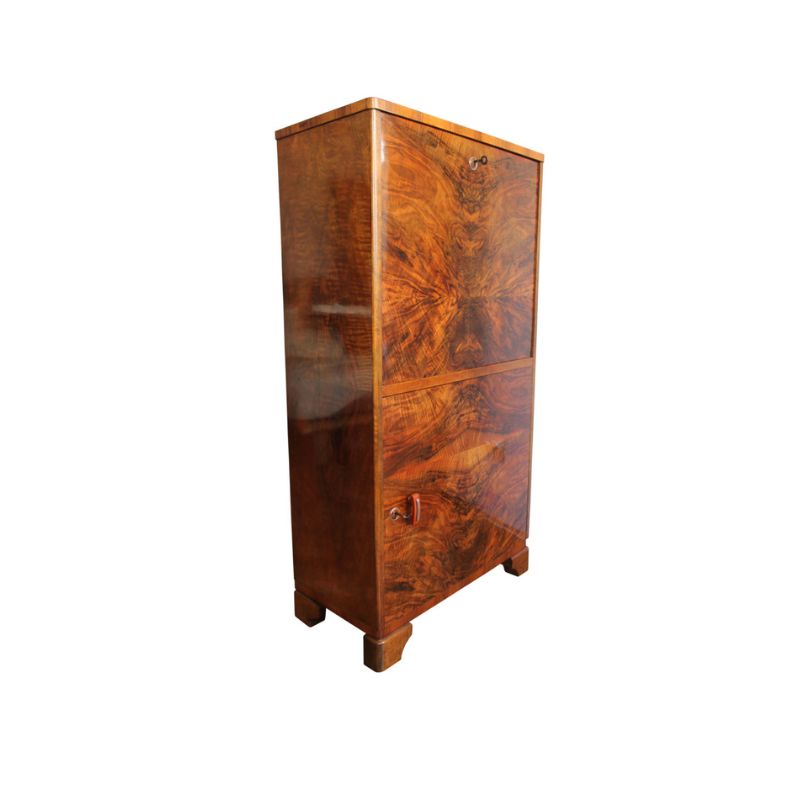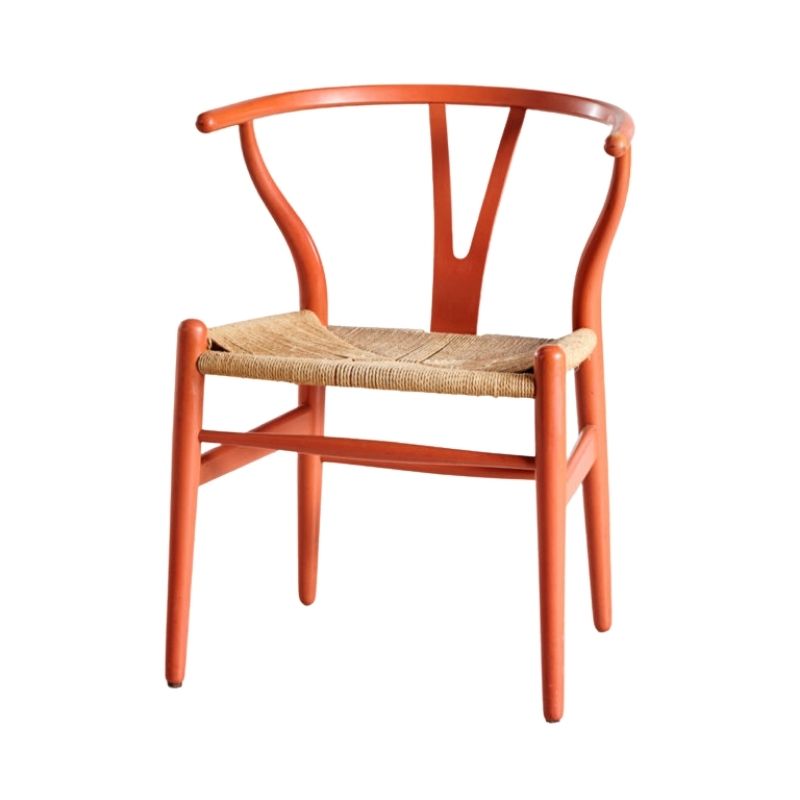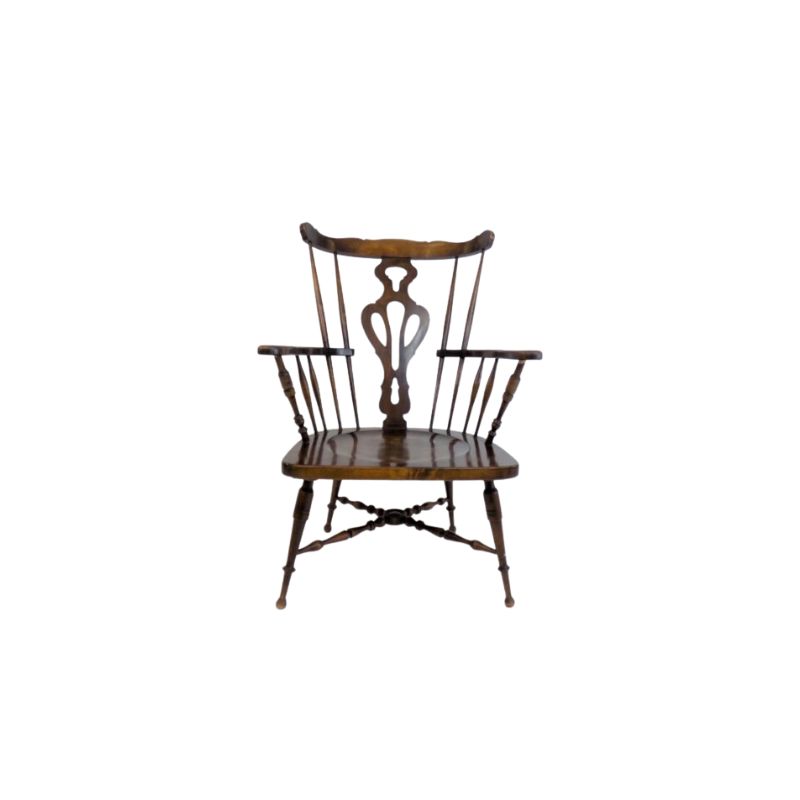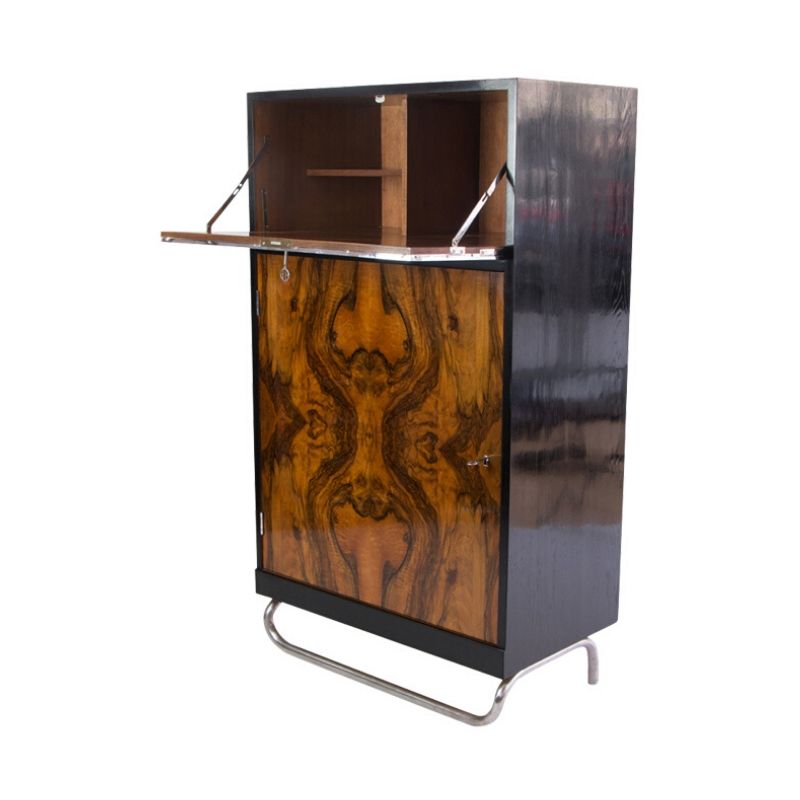I'm with tktoo, both in that neither of these are repairs I'd go to if I could help it but that it might be appropriate given in this instance they're destined for a firepit if not!
In addition to the epoxy concern, I think it's important to note that mixing metal repairs with wood repairs is something even in this instance I'd have avoided personally.
The crux of the issue is wood and metal are not equally flexible. Not only is there the evergreen problem of different temperature contraction/expansion rates, which you'd hope might not be too much of an issue here given that both applications are plywood. But more notable here, the inherent flex wood/ply has is not necessarily matched by metal when someone regularly puts pressure on it. By creating 'strong points' in the backrest, you're essentially making the other parts that aren't reinforced 'weak points'. Possible that's less of an issue with the second repair, using flexible bicycle spokes - that's clever.
Anyway, I am sat here in an armchair. And it's easy to say anything when you're analysing from an armchair. To add to the pretense I am an armchair analyst, I have a suggestion for how the repair could have been done without metal, and something even I without a workshop would have done it. But I am not sure how valuable, helpful or even friendly that is that this stage!
Finally managed to finish the chair with the broken back. Happy to release it back into the cycle of use! 🙂




Looks great! Good job! Hope it lasts for a longer period of time.
"People buy a chair, and they don't really care who designed it." (Arne Jacobsen)
Thank you for the update. Successful and sensible restorations like this, to me, are always gratifying on so many levels. I hope you realize an appropriate return on your efforts. Even if you don't, it almost doesn't matter if it means one fewer overpriced piece of junk arrives at the docks from Asia.
If you need any help, please contact us at – info@designaddict.com









